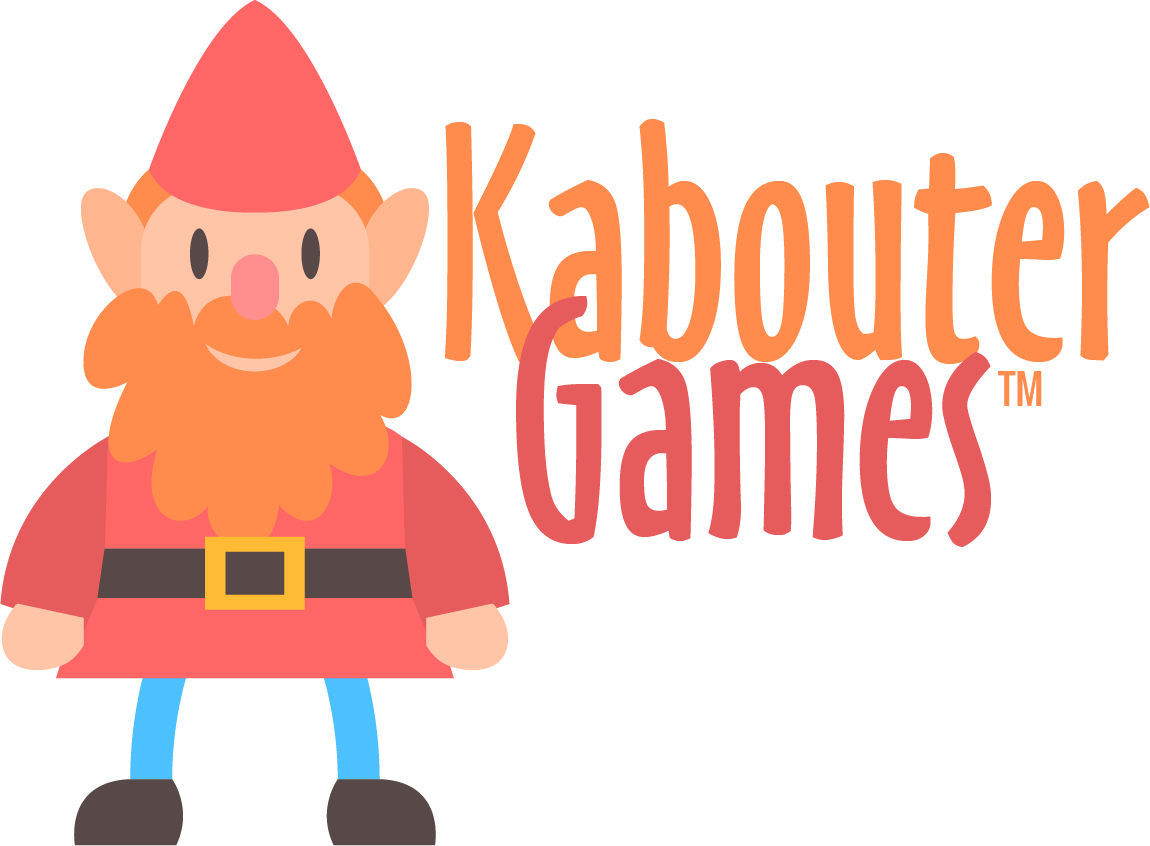System-Neutral Adventure
Our recent (and surprisingly successful!) Kickstarter for The Drowned Valley of Gorth saw the debut of our new approach to adventure design. Here’s how it works…
What Does “System Neutral” Mean?
“System-neutral” means you can play the content using our own Spears & Spells game, Fifth Edition, or any six-stat Old-School Renaissance game like Shadowdark, Basic Fantasy, or Dungeon Crawl Classics.
This design concept empowers you to specifically tailor the adventure to your table and your players.
Check Mechanics
Rather than assign specific numbers to situations that require dice resolution, we advise you to make the check or encounter’s resolution Easy, Medium, Hard, or Very Hard. Sometimes a resolution might be Ludicrous, if there’s a slim possibility of some absurd approach succeeding.
The encounter tells you what it’s designed to do, advises you on how you might accomplish it, and then defers to your detailed knowledge of what appeals to your players and your table’s playstyle.
That gives you the freedom to define what those values mean for your table. Tables can differ wildly in ability. For example, in Fifth Edition terms, a DC 15 Charisma (Persuasion) check that’s child’s play for one table is nigh impossible for another. If you’re empowered to make the check Hard, you define what “Hard” means. You can set the actual DC so you can successfully resolve the encounter according to its design and the specific needs of your players.
After that’s established, the module gets out of the way and lets you referee the encounter according to your players, their playstyle, and the specific rules of the game you’re playing.
An Example:
The adventurers must get from one rooftop to another across an alleyway. This is a Medium check for a trained thief or rogue but Very Hard for anyone else. Those who use brute brawn to leap across make a Hard check, because there’s no room to do a run-up.
The Difficulty improves by one step if the characters use tools (like ropes or a plank) or skills (like Acrobatics or Athletics for a Fifth Edition non-Rogue).
Combat
In the same way, combat encounters are Annoying, Challenging, and Deadly.
We don’t specify certain amounts of specific monsters. Instead, you get guidance on what kind of monsters to use, and in what way, to evoke the encounter’s tone.
We don’t order you to use 6 (or even 1d6) CR 1/4 goblins commanded by a CR 1 hobgoblin. For one thing, that reduces your agency as a GM. For another, it might be deadly for some tables and a pushover for others. For yet another, CR might have no meaning in whatever game you’re playing.
We provide suggestions, then get out of your way. Each monster or foe mentioned in the module gets a stat block in the Monsters & Foes section: one each for Spears & Spells, Fifth Edition, and OSR games like Shadowdark. They’re in an Appendix for your convenience, but you are empowered to swap them out or modify them however you see fit to create an entertaining, engaging evening for your group.
An Example:
The party is confronted by the villain and his hench-people. It should be a Deadly fight, taking all the party’s wits and skills to survive. The essential characters are the villain and his pet mage. There are also thug-type minions; they’re just mooks who go down in one hit, but there’s a lot of them.
The party can talk their way out of it with a successful Ludicrous check using their personal charisma or some such skill, but there must be a damn good bit of roleplaying leading up to the check.
The mooks swarm the adventurers with the intent to cause as much damage as possible. The mage uses her magic to control the adventurers inhibiting their movement or even charming one of them to do her bidding. The villain uses his powers to exhort his minions to greater violence.
System-Neutral Adventures
Here’s a list of our system-neutral adventures using our system (as of this writing). Click an image to open a new tab with that adventure featured!







